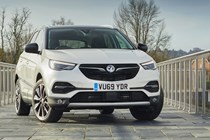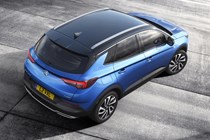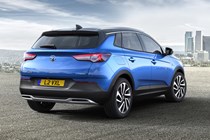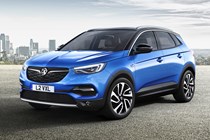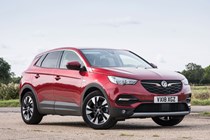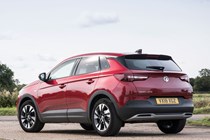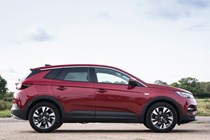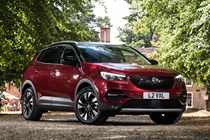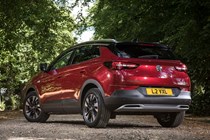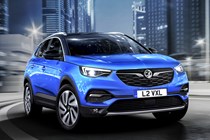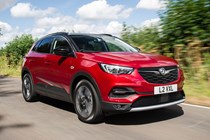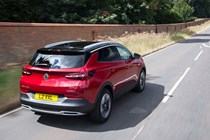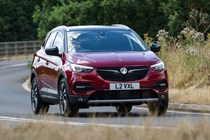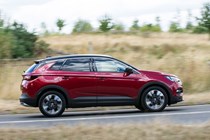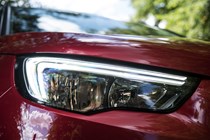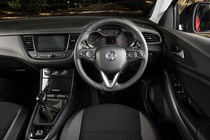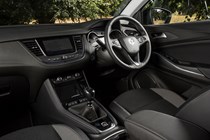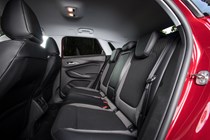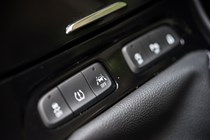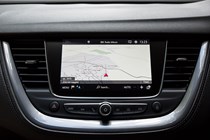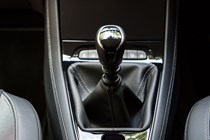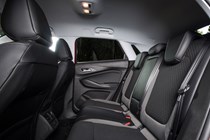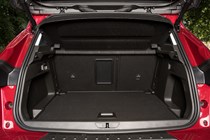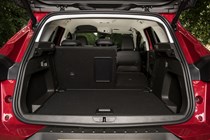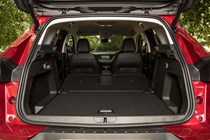
Vauxhall Grandland X SUV (2018-2021) engines, drive and performance
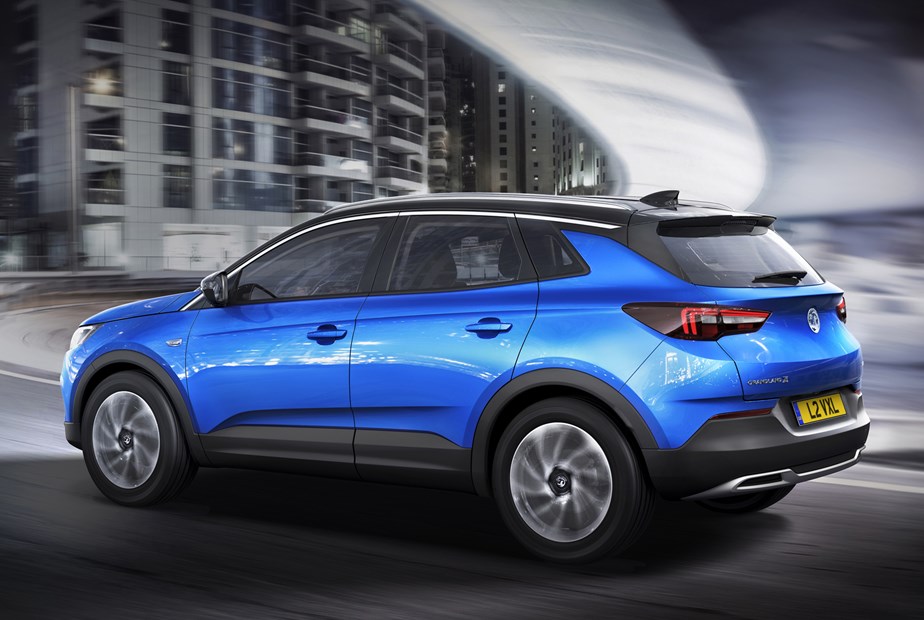
- Diesel best for long journeys
- Plug-in hybrids are powerful and efficient
- 1.2-litre petrol engine is surprisingly punchy
Petrol engines
Interestingly, rather than a traditional four-cylinder engine, the 1.2-litre petrol engine in the Grandland X only has three cylinders. But this 1.2-litre is smooth and punchy, with 130hp and a useful 230Nm of torque, allowing it to complete the benchmark 0-62mph sprint in 11.1 seconds when paired with a manual gearbox and 10.9 seconds with the auto. Both can reach a maximum of 117mph.
Diesel engines
When the Grandland X was first launched, it came with a 1.6 diesel engine that we rated highly, producing 120hp and offering a choice of manual and automatic gearboxes. That has since been replaced with a 1.5-litre diesel engine, which is also a solid choice and suits the Grandland X well.
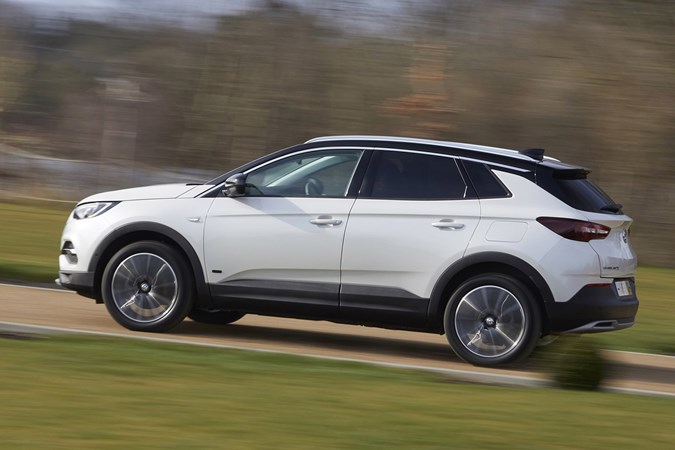
Pulling strongly and smoothly, it’s suitably refined at speed, while the 130hp output means you can expect a 0-62mph time of 10.2 seconds for the manual and 12.3 seconds for the auto. Top speed is 119mph with either transmission. Our advice: stick with the manual, as at this level it’s much slicker and nicer to drive than the indecisive auto.
Older examples of the Grandland X may also be fitted with a 2.0-litre diesel that produces 177hp and offers substantially improved performance compared with the 1.5- and 1.6-litre engines. It was only available with an automatic gearbox, but that’s fine because the extra grunt suits an auto more, as well as allowing the Grandland X to pull really well.
Hybrid engines
There are two hybrid versions of the Grandland X: the Hybrid and Hybrid4, both of which are plug-in hybrid options that merge electric power with a 1.6-litre petrol engine.
In the Hybrid, that means there are two motors – one petrol and one electric – to produce 225hp and sprint from 0-62mph in 8.6 seconds. The top speed is 139mph, but more importantly, it can (officially) cover around 34 miles on a single charge without ever using the petrol engine.
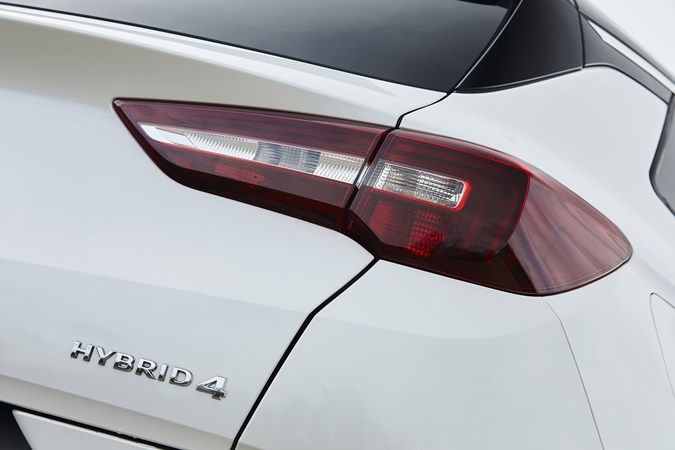
The Hybrid4, meanwhile, copies the Hybrid’s powertrain but adds a second electric motor, giving the car four-wheel drive and a total of 300hp. That’s despite having three motors, each producing a minimum of 110hp. On paper, it looks as though it should have 423hp, but because the motors all work at different RPM, there’s no single moment all three can produce maximum power.
Nonetheless, the 300hp output is plenty in a family SUV, allowing a 0-62mph time of around six seconds. It’ll also do 35 miles on a single charge and, even at motorway speeds, we just about managed 30 miles.
What’s it like to drive?
- Quick, light steering lacks feel
- Body movement is well-controlled
- Good grip levels
Lively handling is not what the Grandland X exists to provide, and nor does it. Instead, Vauxhall has focused on comfort, blessing the Grandland X with suspension that can absorb the worst that speed bumps and potholes can fling at you, without feeling remote or detached. It steers accurately, and brakes with power and composure.
Even the Hybrid4 model, which has a big, heavy battery down under the floor, is pillowy soft. On challenging roads it never feels brittle or lumpen and it calmly smooths out potholes and ruts with very little information being fed to your posterior. That’s partly down to the AGR seats, which are standard on Elite Nav and Ultimate models, but optional elsewhere. Approved by the German Campaign for Healthier Backs, we found them both supportive and supremely adjustable, although initially they seem a bit thin and hard.
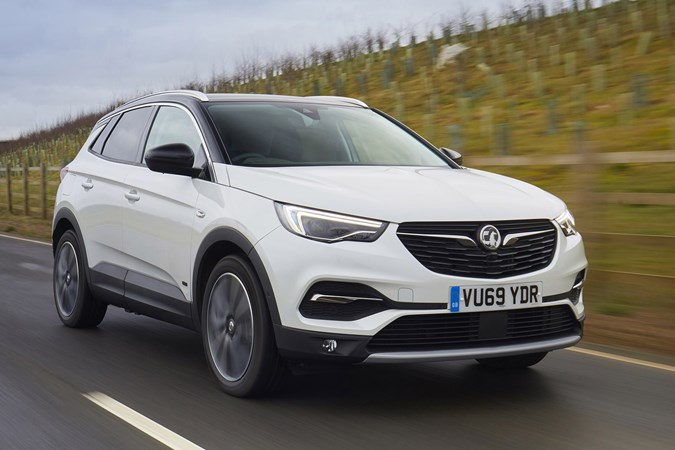
The trade-off for that comfort is some overly light steering, which is also very short on feel. As you might expect from a taller vehicle, there’s also a fair bit of lean when you corner quickly, but it’s a reasonably well-controlled movement rather than a sickness-inducing wallow.
That said, the Grandland X has plenty of grip, which means it corners with enough gusto, if you’re prepared to suffer the lean. The Hybrid4 models have even more traction and power, which makes them very quick, but they still lack any real sense of engagement. In all, the Grandland X is comfortable, but not as interesting to drive as a Mazda CX-5 or Seat Ateca.


